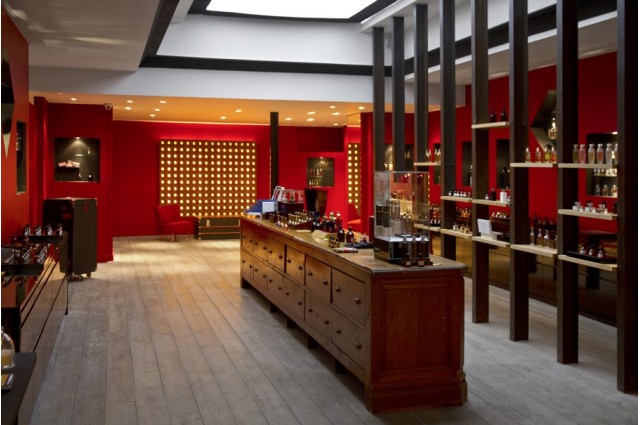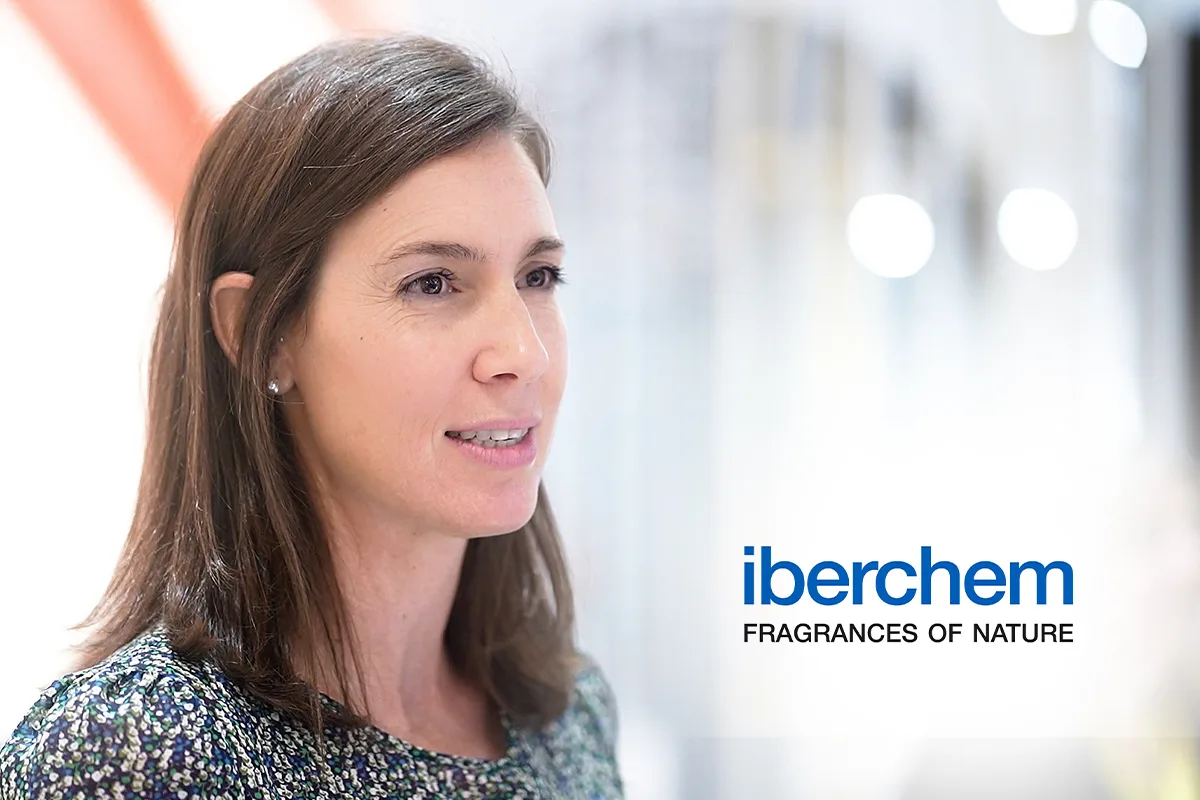Fransois Hénin, Owner of Jovoy boutique and Jovoy Paris perfume house, Fransois started his career in the fragrance industry in Vietnam where he was fascinated with raw materials used in this industry. After working in a perfume company in south of France, his journey took a new turn with the inception of Jovoy perfume house in 2006. In this interview, M. Fransois shares his thoughts on the world of perfumes, choice of Parisians, and other key trends driving this industry
Hello Mr. Fransois, tell us what does perfume mean to you?
Perfume is not only a pleasure for each and all of us. It is certainly not an accessory or something futile. It is part of you and how you want the world to feel when in your presence, an extension of your personality.
What motivated you to revive Jovoy?
Jovoy was revived in 2006 with an artistic point of view. This is why since day one, Jovoy has been made from my contemporary, with new fragrances that have nothing to do with the early days of the brand from the roaring 20s.
Would you please tell us about the perfume trends in Paris nowadays?
For several years already, Parisians are increasingly seeking their signature perfume. According to them, a signature fragrance is something that everyone is not wearing, that you can’t find in all stores and this is one of the first reason why they come to us.
Which raw materials ingredients are popular in Paris today?
Iris is the floral note we see more and more in powdery perfumes or in a leathery base. These are mostly delicate fragrances. But Amber and oriental strong bases are very popular too. Strong woody, patchouli, sandalwood and oud are very appreciated by gentlemen, especially during winters, when we are all looking for some dark but sensual warm notes on our skins.
What is trend for niche fragrance in Paris?
Niche in Paris is made of three different markets; Artistic perfumery with brands such as Heeley, Parfums d’Empire or Histoires de Parfums, Vintage or neo vintage brands like Volnay, Le Galion, or classics such as Lubin or d’Orsay and haute perfumerie. The artistic perfumes generally do not claim any historical heritage but are delivering an artistic point of view as in-house perfumers or creators put their personal touch and visionary works in a bottle. On the other hand, the vintage brands showcase heritage by either delivering something that is close to original or inspired by an already existing popular scent. On top of this, the Haute Parfumerie is booming for several years . In each of these categories, price is never a constraint for the Parisian consumer.
Please tell us 2 perfumes which according to you define the trend in Paris this year?
Amber Oud from Roja Dove is a revelation to me. I try all perfumes before they are put on display for the general consumer in my store. Not so long ago, I was going out for lunch and for the first and only time in my life I was stopped by three different women in the street, who seemed to be liking the fragrance that I was wearing! Another option that seems to be very popular in the market is Black Afgano from Nasomatto Perfumes.
Please describe raw materials which according to you are being preferred by the typical Parisian perfume connoisseur?
The Parisian is wearing a vetiver as a Dandy, or a fern maybe more on a day to day basis.The Parisienne, has always been a Gardenia to me. Of course it is classical to talk about roses that have signed most of the “mainstream” huge classics. But I feel a Gardenia is more refined and is a synonym that matches the personality of an elegant parisienne.
How people in Paris like Oudh?
Oudh has been very fashionable for quite some time now.Though it originated in the Middle East, even the other parts of the world seemed to have been appreciating these warm and sensual notes on their skin … Therefore, I think Oudh will only grow in terms of popularity would end.
How would you define fragrance in Paris in todays times, more Synthetic or Natural?
That is really difficult to say. According to some reports, European Community is taking decisions that are really shrinking the use of natural ingredients in quality and quantity in perfumes, the idea they defend is that some of these raw materials could cause allergies. But, I don’t think that this is possible since perfumes have been used for hundred years in perfumes! This makes it difficult to classify the choice of the Paris perfume lover. In fact, as of now there is a huge debate in the industry, with perfume lovers trying hard to preserve the heritage that has been transmitted across generations.
Do you suggest special way of wearing fragrance?
Every individual may have a different way to wear a fragrance. Of course if you wish you can spray it on clothes like it was done for ages before marketing said it is sensual to wear them on your skin. Ultimately, all that matters is the comfort and pleasure of the person wearing the fragrance.
Do you see a change in how people wear perfume especially when you compare it from with the 1920’s?
Yes! There is a change. This is another reason why I decided not to rework the early perfumes of the brand. In the 20s, women wearing Jovoy were part of the who’s who of Paris. Those women wanted to be seen, and were wearing very opulent perfumes going along with extravagant dresses and luxurious accessories. Today, both women and men are keener to wear a perfume that, while keeping its promises in terms of silage, are less strong than those huge opulent floral or amber based fragrances of the 20s. Also, we would not be allowed by modern legislation to make perfumes in the concentration of the 20s anyway.
This article has been contributed by Ayana Nishikawa











